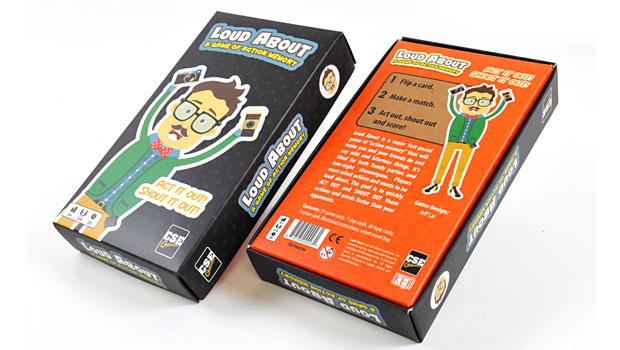As a business owner, you want to make sure that you plan on packaging and shipping your product throughout the entire year. While most people tend to focus on ensuring their packaging can handle rainstorms or the cold of winter, withstanding hot summer weather is just as important. Whether a product is being shipped to stores or directly to your customers, it will most likely be sitting in a truck for an extended period of time, with the sun’s rays beating down on it. When clients bring your item home from the store, you want to make sure that it can withstand at least several hours in their hot cars. Luckily, the majority of packaging will do fine in hot weather, but you should still take steps to ensure yours isn’t an exception.
Insulate Food Products
Depending on what type of item you are packaging, you may need to take extra precautions. If, for example, you are shipping any sort of food item, you will want to do so in an insulated container of some sort. This is just as true of cold items as those that can melt, such as chocolate. Even if your food product isn’t likely to spoil due to heat, such as a processed item, consider making at least the shipping packaging insulated, even if individual product packaging is not. This will improve the shelf life and prevent any negative reactions if the product sits in its box in a truck or warehouse for an extended period of time.
Label Heat Risks
If your product is known to melt or become damaged in the heat, be sure to label the packaging as such. This includes items that can be damaged by extreme heat, such as electronics, and those that may begin to melt, such as candles, soap, chocolates, and candies. Be sure that you label each individual product with a small warning on the packaging and place a larger, visible warning label on the shipping box itself.
Choose Adhesives Carefully
The vast majority of adhesives are designed to withstand an incredible range of temperatures, from below freezing to the hottest summer day. There are, however, a few exceptions to this rule, so when selecting the adhesive or packing tape to hold your boxes or other containers together, choose wisely. Make sure that the adhesive used does not contain a warning indicating that it shouldn’t be exposed to temperatures over 38 Celsius (100 Fahrenheit), as boxes in trucks can easily reach this temperature on the hottest days.
Test It First
The best way to be absolutely certain that your packaging can handle hot weather is to test it. Do a small test run of your packaging and find a warm environment to put it in. Leave it there for several hours or days, then check on it. Alternatively, you can start with a short run of packaging and actually fill orders with the packaging, including a customer survey about the state of the product upon arrival. Use the survey to evaluate whether your packaging handled the weather well or needs to be adjusted.




